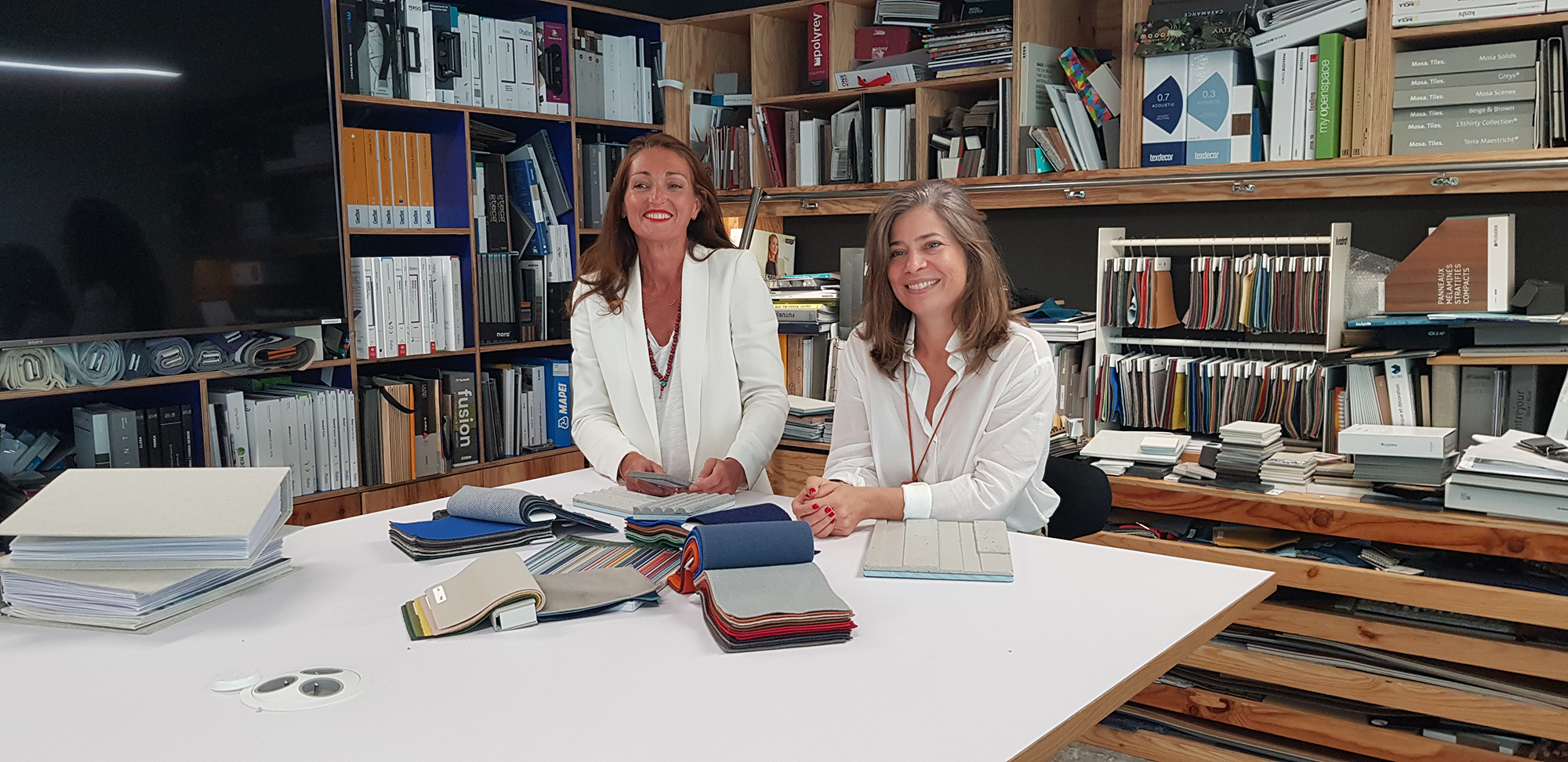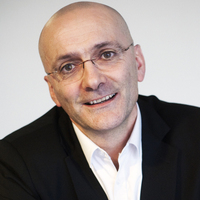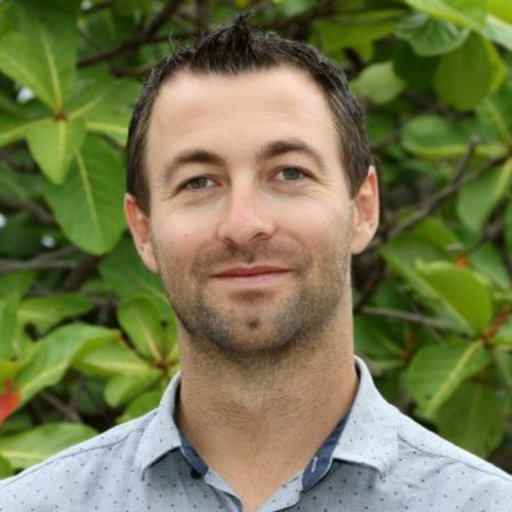- Home
- EN
- Our impact
- ProspeKtive
- Matter must accompany material

Matter must accompany material
September 2020
Expert
Article published in In Interiors
Matter and materials are at the heart of the thinking of the architect and the interior designer. Through their approach, Chantal Aïra-Crouan, associate architect, head of the Paris Île-de-France architecture pole, and Alexandra Plat, project director within the Studio team at Kardham, bring the two together. Cross-interview ...
Are you more… matter or material?
Alexandra Plat: The material is the essence. In one of its definitions, it refers to a substance that we can know through the senses, which appeals to our emotions. Embodying a territory of expression, the material is the common thread that allows us, in interior architecture, to tell a story to our customers, users and investors. The material illustrates the purpose of the material, it enters into the construction of an object.
Chantal Aïra-Crouan: The material appeals to our senses, leads us towards aesthetics and beauty, and is conceived as a skin. Vector of communication, identity, feeling, it allows to transmit an aesthetic experience. More physical, the material, in architecture, consists of the raw material, the means. There is in the material a dimension of manifesto, civic engagement with respect for its use and reuse.
How do you see the dialogue between matter and material?
CAC: There is a fine line between matter and material and dialogue between the two is essential to bring about a development project as well as an architecture. At our respective scales, we consider that there is no limit of service between architecture and interior architecture, just as there is no opposition between matter and material despite radically different perceptions. The material must accompany the material, but must not go against it. Better. At the construction level, the material becomes material.
AP: The material is the material in a context of manufacture or use. The alliance between the two is essential. In these two fundamentals, there is a notion of temporality which the architect and the interior designer must embrace. Undoubtedly, we are part of a logic of co-production that makes perfect sense.
What materials and materials do you work with?
AP: The material of choice in interior architecture remains wood, because it makes it possible to think of warmer spaces, close to people and nature while conveying a lasting message. At the moment, we use terracotta, ceramics and earthenware a lot in small touches, because they evoke well-being.
CAC: Concrete remains the number one material in architecture, because it allows shapes to be worked on and offers optimal plasticity. More than ever, concrete is undergoing an incredible evolution, notably with 3D printing which is still in its infancy. Even if we take the path of low carbon concrete, the future of the material is seen in the light of the wood / concrete mix.
What projects do you think embody this necessary combination of matter and material?
CAC: In architecture, Kardham works at the Ile-de-France head office of a German company whose core business is nature. The material really accompanies the identity reflection of the building, an authentic showcase for the company. In particular, we think about the matter of the void which remains one of our components for space. Sometimes, you have to know how to lose a few square meters to gain in size.
AP: In 2019, Kardham delivered the fitting out of the Capgemini flagship, "the 147" in Issy-les-Moulineaux. The material is one of the ingredients that has nourished the common thread of our work to decline the concept of "home feeling" conveying the values of the group and in particular those of simplicity, daring, freedom and pleasure. Each body of the building honors a material evoking these values. Wood, concrete and fabric are thus deployed.

Release date: September 2020




